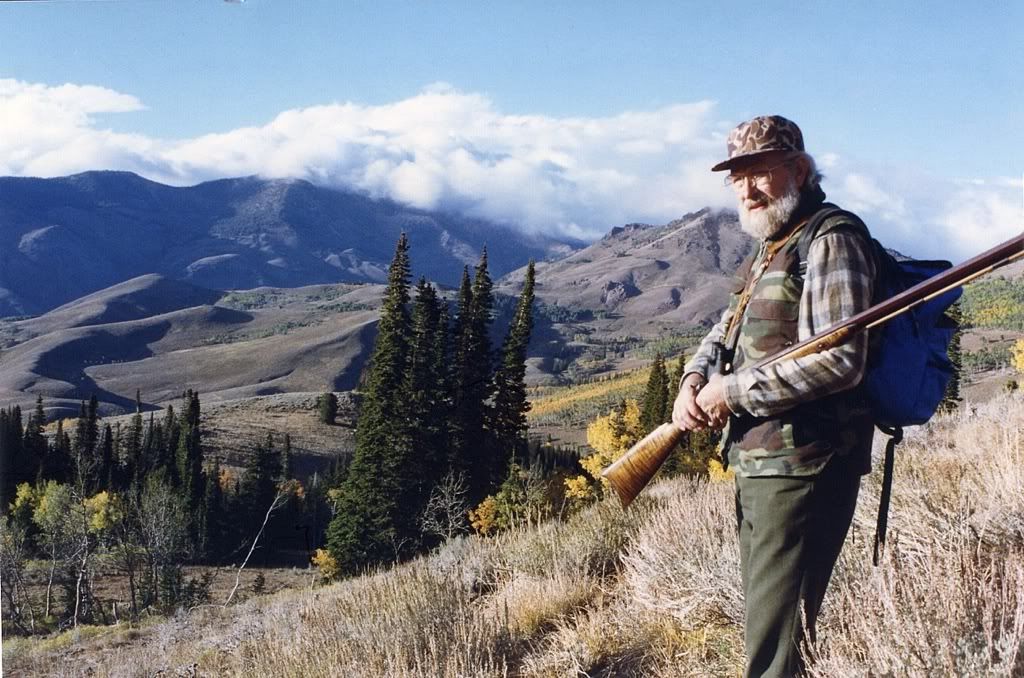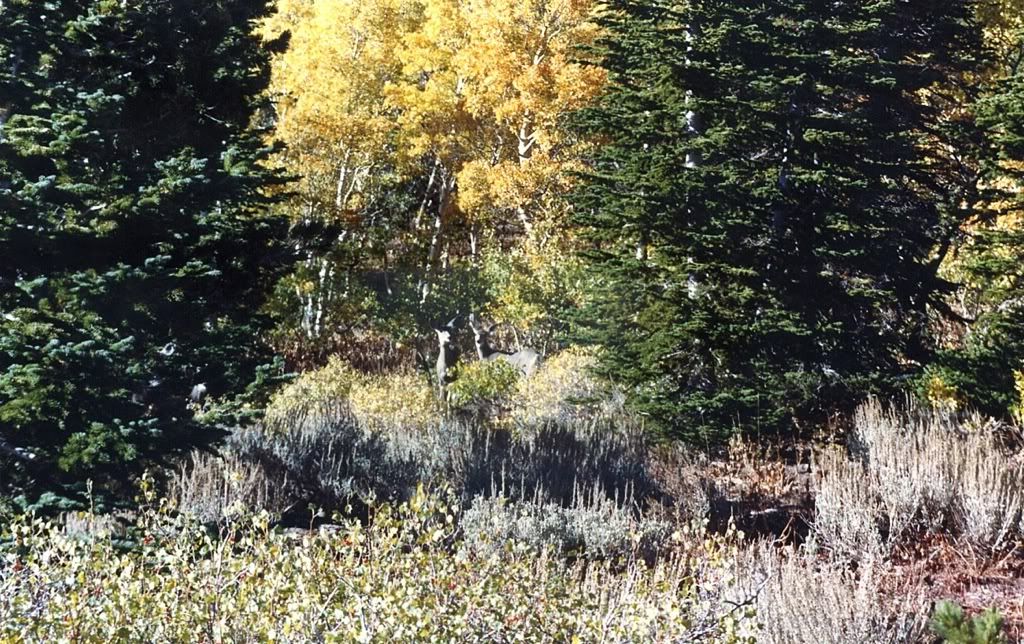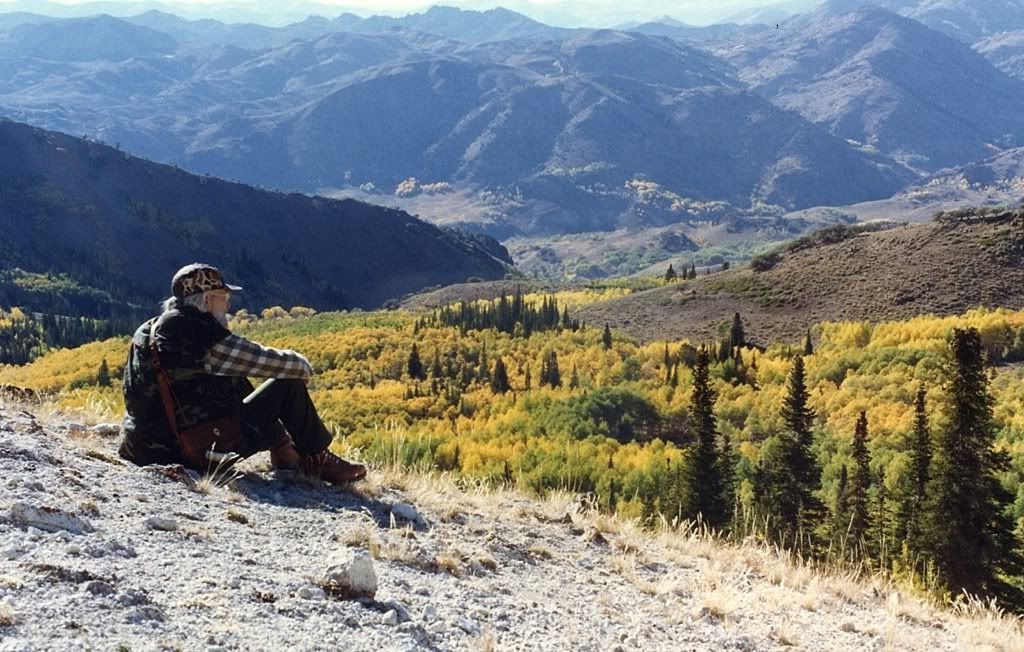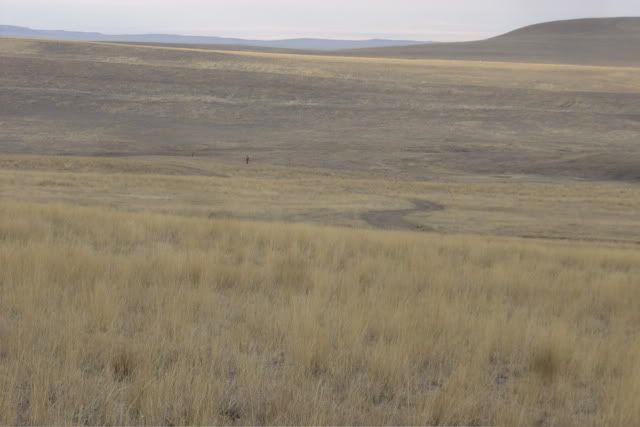Wow folks, a lot of conjecture goin' on hyar!
wasn't the so called "blanket gun" generally a cut down fusil or NWTG, used for a coup-de-grace,
I was taught that an actual "blanet gun" were fashioned for taking one or more forts during Pontiac's War, and for no other time. They were concealed under the blankets worn by the Indians, especially by those worn by the Indian women.
Logic does indeed dictate that you are correct. Just because something has not been dug up does not mean that it wasn't used,
Ah but beware what seems logical to us in our time period is not necessarily what seemed logical back then. Classic case-n-point, lemons, black tea, and sugar all existed in Western Europe in the 18th century..., but apparently (due to the mentioning of it in journals of the time period) it was the Russian Court of Catherine the Great that started putting lemon in sugared tea instead of milk or cream.
It [the musket] is a special purpose arm as all smoothbores are and the musket only excels in linear tactics on the battle field when used against other troops also constrained by linear tactics. For hunting they are inferior unless shooting birds with bird shot on the ground or water.
While a fusil or NW gun may be inferior..., the inferiority does not preclude it use, nor does it preclude smoothbores in general being used in large numbers, perhaps equal to or in greater numbers than rifles..., even by whites.
The typical musket has about 1/3 the range and uses twice the lead of a 54 caliber rifle. The fowler is as bad its just a smaller bore generally and lighter.
Actually, a 28 gauge fusil shooting a ball uses the same amount of lead, and powder, as the .54 rifle. It is fine for shooting birds on the wing, although it does have a max effective range of about 1/3 that of the rifle.
What's needed here is a demonstration that men mounted on horseback needed to consistantly make shots at 3x the range of the fusil, not what the rifle
could do, but what those out on the prarie or the mountains
commonly had to do.
The natives being armed with rifles hurt trade due to the reduction in the consumption of powder and lead. As a result there was a widespread effort to prevent the natives obtaining them.
Do you have any evidence that this was the result and reason? I thought that the lack of sales of rifles to natives was in case we had to fight them. Sorta like the Russians selling tanks to other countries not quite up to the same standards as the main Russian tanks ??
When shooting a single round ball, as was the norm, using a smooth bored gun in the west for hunting to defense in the 19th c context is a great handicap that is not needed when in a survival situation.
Assuming that it's a simple choice of which to use. IF however the choice is based on availability, and also the cost of the gun vs. the rifle, you may find folks choose what they can actually buy. In some of the actual historic record listed below you might want to note the cost of the fusil or NW Gun to that of the rifles, as well as note how many rifles are listed in relation to smooth bore guns.
In the east Militia laws often required men to have an arm of regulation bore size and smooth along with requirements for a certain amount or ammunition.
I've seen lots of militia laws..., never saw any that specified a bore for the civilians' guns up through 1840. Can you provide references?
Yep, and you're right, if you're hunting with a flinter and don't have rifle, and a load and sights set for well beyond 100 yards, forget it. On the other hand, who says they HAD to hunt antelope at all? Sure it would be better if you had a rifle that you could hunt any big game in North America..., including antelopes, but for the antelope argument to be valid, you need to show how not being able to hunt them spelled doom. After all if you can't ride up to them and shoot them, then you can't ride up to them and skewer them with an arrow. So mounted Indians with the bow survived without hunting antelope and so too could the whites when armed with a fusil.
If I am in country like this, no cover other than terrain, a man on a horse can be seen for miles and miles, what would I rather have to defend my life? A rifle that will kill a man or beast at 200 or a smoothbore that is not that much better than a bow?
An excellent point if all you ever do is face a 1 on 1 encounter.
On the other hand say you see two foes at 200 yards. After all, the plain or the prarie isn't level like a football field eh? Even if you seen them and they see you farther out, you can't really shoot one of them until they reach about 200 yards eh?
So...,they see you too, and they are only armed with spears. You shoulder your rifle, and drop one. Nice shot. The remaining opponent charges you while you are reloading, and will close the distance riding on his horse in mere 10 seconds. 28 bore fusil or .54 rifle, unless you put a bare ball down the barrel, you are dead before you are reloaded. If you do bare-ball the rifle, you are no longer superior to the musket. :shocked2:
If there are three or more foes, you're dead unless you have multiple, previously loaded firearms. IF you flee, and buy time while reloading, you want the item that reloads faster..., the smoothbore. It's a lot easier to hit the opponent who is chasing you, or his horse, with a load of buckshot when riding at full gallop than a single ball.
But rifle armed frontiersmen were another matter and mass desertions of Indian allies in both the F&I and Revolutionary Wars occurred as the result of riflemen on the opposing side. A good account of this is the French Canadian and Native Scouts with Burgoyne at Saratoga. When Daniel Morgan arrived with his riflemen the vast majority fled back to Canada. Those that staid, according to one British officer's account "..could not be
Ah well lets not compare massed companies of riflemen in the AWI backed up with lines of men armed with muskets mounting bayonets with single trappers or small groups of trappers in the fur trade. To do so is rather sophomoric.
So the conjecture is that whites had rifles in large numbers compared to the Indians. Well, that might be true, it might not. We could examine what was sold at a bunch of locations and over many years during the fur trade and see what actual, factual records tell us.
Source:
Fur Trade Business Records Excerpts done for this thread only...
Inventory of sundries delivered to the Northwest Company, Astoria, Columbia River, October, 1813
3410 flints
6 musket locks (ketland)
2 gun locks do.
1 keg gunpowser 25 lbs. F.G.
13 Do. Do. 325 lbs. F.G.
5 Do. Do. 112 lbs. F. R.
in kegs and cartridges 571 lbs. F. R.
2 kegs gunpowder 50 lbs. F.R.
3 Do. Do. 130 lbs. F. R.
414 lbs. musket balls
2065 lbs. bar lead
1677½ lbs. pig do.
1 cwt. 1 qr. 25 lb. patent shot
1388 lbs. buck shot
Inventory of merchandise, etc. delivered to the Northwest Company, at Okunaakan, and Point Matthews, November 22d and December 3d, 1813.
flints, gun 988
451 musket ball
460½ lbs. bar lead
65 lbs. patent shot
2 second hand guns
7 muskets and bayonets
1 old musket without ramrod
1 do.
1 second hand musket, without ramrod
2 powder horns
Inventory of merchandise, etc, delivered to the Northwest Company at Spokan House and Flat Head country, November 22d and 26th, 1813
346½ lbs. musket ball
81 lbs. bar lead
15½ lbs. patent shot
111½ lbs. buck shot
9 muskets and six bayonets
Trade List of John McKnight Partner of General Thomas James
. The expedition left late in the fall of 1822 and erected a fort in present day Blaine county Oklahoma.
1 gros gun worms
1000 gun flints
10 N.W. guns
5 kegs powder
William H. Ashley, Jedediah S. Smith, David E. Jackson, and William L. Sublette.
Articles of Agreement, July 18, 1826
Ӣ Gunpowder of the first and second quality at one dollar fifty per pound
Ӣ Lead one dollar per pound
Ӣ North West Fuzils at twenty four dollars each
Invoice of Goods taken down to the Columbia by Capt J. N. Whyeth on his Voyage to Columbia
1834
100 rifle flints
100 fusil flints
20 bar lead (per lb)
8 bar lead (per lb)
Top Pack
22 lbs powder
13 lbs lead
Invoice of Goods Remaining at Fort Hall in store uncashed 1834
173 lbs lead
2 bags 63 lbs powder
162 lbs lead
22 lbs fusil balls
20 plain fusils
10 twisted fusils
14 rifles
1 rifle
Invoice of Sundry Merchandise from the Rocky Mountain Outfit 1836
2000 gun flints
½ thousand rifle flints
2 dozen gun locks
½ dozen rifle locks
4 pairs pistols, iron
2 Am. Rifles
7 Am. Rifles
8 Hawkin Rifles
84 N.W. guns
2 bags shot
12 kegs small bar lead
32 canisters powder F
15 canisters .powder 456 F
12 half barrels .600 F Dupont
30 N.W. Guns
2 Rifles, Hawkin
80 powder horns
2 Rifles, Hawkin
Invoice of merchandise shipped on board S.B. Diana C.M. Halstead Master bound for the upper Missouri River and consigned for account and risk of upper Missouri outfit 1835
100 N.W. guns 30 to 42 inches
2 pr Octagon Brass barrel pistols
10 pr plain iron barrel pistols
1 pr super twist barrel pistols
10 Bags Shot
60 half barrels gun powder F
Invoice of Sundry Merchandise furnished Rocky Mountain Outfit 1837 under charge of Fontenelle, Fitzpatrick & Co.
2 gross gun worms
2000 gun flints
3000 rifle flints
36 N.W. Guns best quality $4.50
5 Am. Rifles steel mounted $19
10 Hawkens rifles $24
½ thousand rifle flints
12 N.W. Guns $4.50
Note that at the beginning of the Western Fur Trade, the stocking of not only musket ball, and muskets, but also buckshot and fusil ball. NOTE also the larger numbers of NW Guns vs. rifles and Hawkins, as well as the much higher prices in general for the rifles.
WHAT THEN does the above show us? Well....., not much really. SORRY. :haha:
It tells us nothing of what whites actually brought with them, nor does it tell us the ratio of the sales of guns and rifles at the trading posts or rondezvouz. There could be different and opposing reasons for the numbers of the items listed in each reference. So Dan may be correct, or might not be. I can't tell.
Basically, what has been provided shows
somebody was doing a lot of smoothbore shooting in the West, during the fur trade. Was it white guys?

LD











